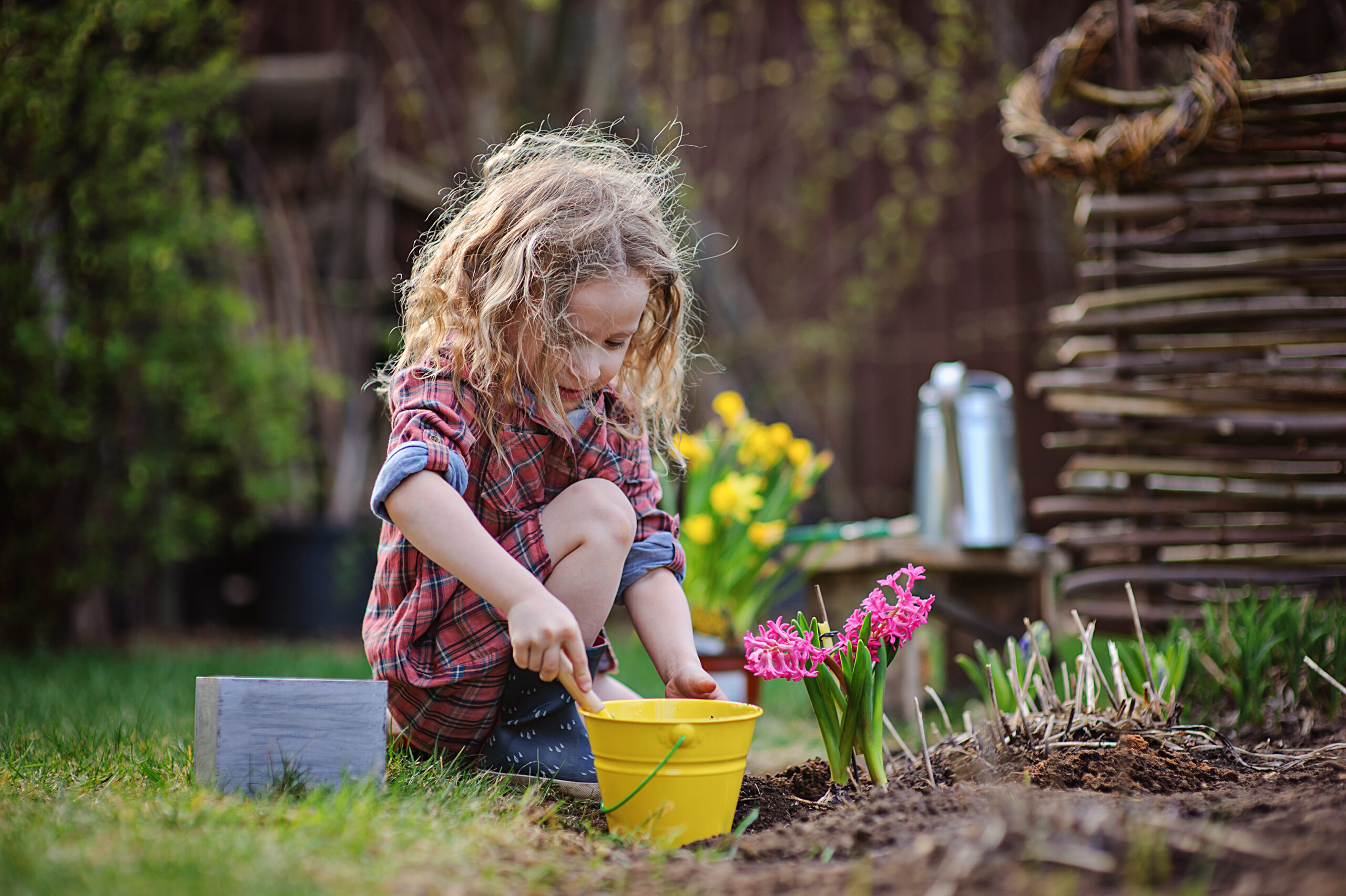As the vibrant hues of spring blossom around us, so too does the spirit of exploration and discovery through the Reggio Emilia approach. This season, children are invited on a journey of creativity, collaboration, and connection with the wonders of nature.
THE REGGIO EMILIA APPROACH: A FRAMEWORK OF INSPIRATION
At the heart of this educational philosophy is the Reggio Emilia approach, a pedagogical framework that values the child as an active, capable learner. Rooted in the belief that children are protagonists in their learning journey, this approach places a strong emphasis on the environment as the “third teacher,” alongside the educators and the children themselves.
SPRING AS THE CANVAS FOR LEARNING
In the Reggio Emilia approach, the changing seasons are viewed as an opportunity for children to engage with their environment in meaningful ways. Spring, with its blooming flowers, buzzing insects, and warmer days, becomes a rich canvas for exploration, investigation, and artistic expression.
DOCUMENTATION OF LEARNING
Central to the Reggio Emilia approach is the practice of documentation, where educators and children collaborate to record and display the learning process. In spring, this might involve capturing the growth of plants, documenting observations of seasonal changes, or creating visual representations of the beauty that unfolds in outdoor spaces.
NATURE AS THE FIRST TEACHER
Spring provides the perfect backdrop for children to connect with nature as their first teacher. Through hands-on experiences like planting seeds, observing the life cycle of butterflies, and exploring the textures and colors of blooming flowers, children develop a profound respect for the natural world.
ARTISTIC EXPRESSION AND SENSORY EXPLORATION
In the Reggio Emilia philosophy, art is seen as a powerful language for children to communicate their thoughts and feelings. Spring inspires a myriad of artistic expressions, from painting blossoms to creating nature-inspired sculptures. Sensory exploration with materials such as soil, petals, and leaves enhances the connection between children and the environment.
COMMUNITY ENGAGEMENT
The Reggio Emilia approach places great value on fostering a sense of community within the learning environment. Springtime offers opportunities for collaborative projects, such as creating a communal garden or organizing outdoor picnics, reinforcing the importance of cooperation and shared experiences.
CELEBRATING DIVERSITY AND INDIVIDUALITY
Just as spring brings forth a diversity of blossoms, the Reggio Emilia approach celebrates the unique qualities of each child. Educators carefully observe and listen, tailoring experiences that cater to individual interests and learning styles, allowing every child to flourish in their own way.
As the flowers bloom and the days grow warmer, children are abuzz with the magic of spring, all while embracing the principles of the Reggio Emilia approach. Together, we cultivate a learning environment that values curiosity, creativity, and the boundless potential within each child. Here’s to a season of growth, exploration, and joyous discovery!

